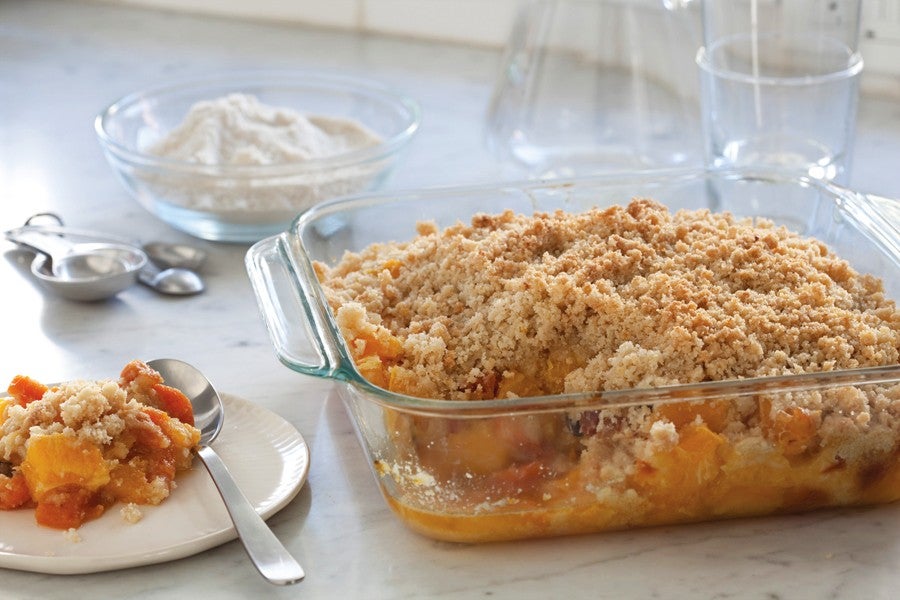Flour Power

Learn to cook gluten-free with Editor in Chief Mary Margaret Chappell. Register now for her Gluten-Free Cooking course.
The scoop: Both white rice flour and brown rice flour are made by grinding dried rice into a powder that’s then sifted until a fine flour remains. But brown rice flour comes with a healthful dose of both flavor and fiber (2 grams per 1/4 cup). “One of the first things people miss when they stop eating wheat is the flavor; I use brown rice flour to help put that flavor back into baked goods,” explains Annalise Roberts, author of Gluten-Free Baking Classics.
Even for people who aren’t following a wheat-free diet, brown rice flour makes a great substitute for part of the all-purpose flour in a recipe. Because it’s lighter and finer than whole-wheat flour, brown rice flour lets you bump up the fiber content of baked goods without making them too dense or heavy.
How It’s Used
“Brown rice flour can be used to make everything except bread,” says Roberts. “I put it in muffins, scones, cream puffs, crêpes, pancakes, and popoverseven pizza crusts.”
Shopping Tips
Look for brands of rice flour (brown or white) that are finely ground or labeled “superfine,” such as Authentic Foods Superfine Brown Rice Flour, recommends Roberts: “The finer the rice flour is, the better the results you’ll get in your baked goods.”